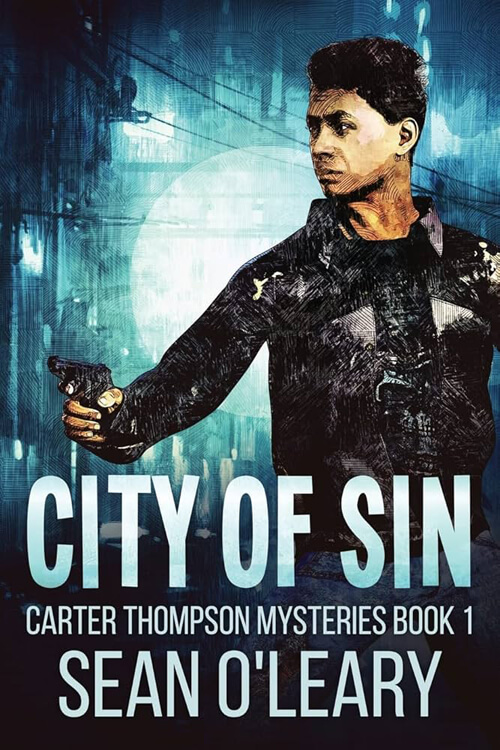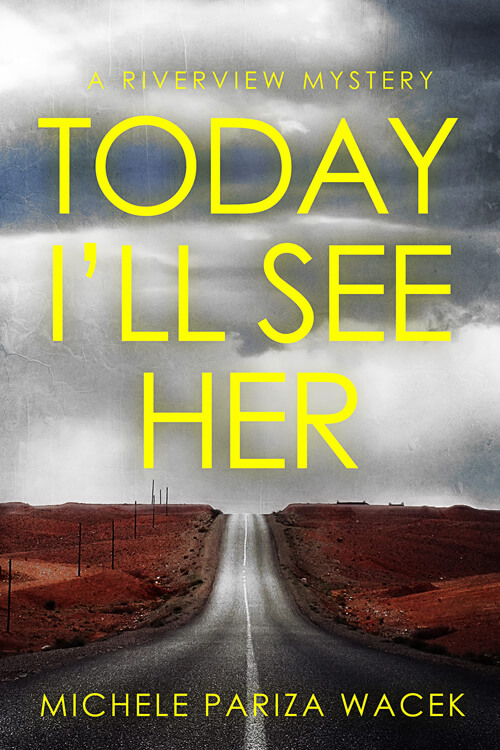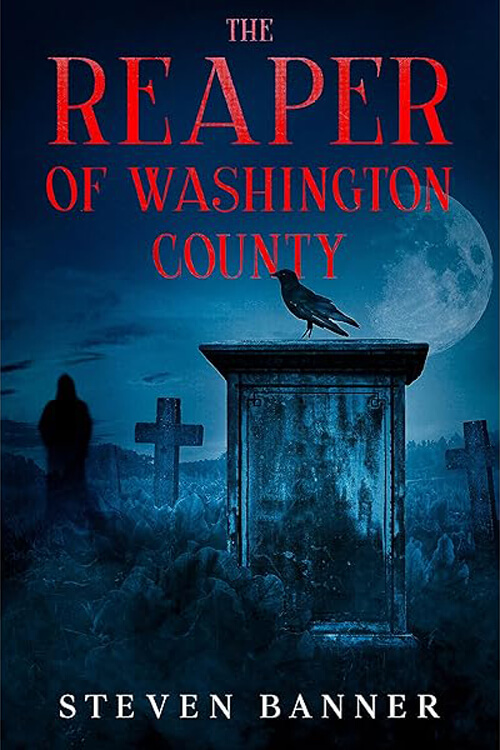
Paul Heyse
Paul Johann Ludwig von Heyse (15 March 1830 – 2 April 1914) was a distinguished German writer and translator. A member of two important literary societies, the Tunnel über der Spree in Berlin and Die Krokodile in Munich, he wrote novels, poetry, 177 short stories, and about sixty dramas. The sum of Heyse’s many and varied productions made him a dominant figure among German men of letters. He was awarded the 1910 Nobel Prize in Literature “as a tribute to the consummate artistry, permeated with idealism, which he has demonstrated during his long productive career as a lyric poet, dramatist, novelist and writer of world-renowned short stories.” Wirsen, one of the Nobel judges, said that “Germany has not had a greater literary genius since Goethe.” Heyse is the fifth oldest laureate in literature, after Alice Munro, Jaroslav Seifert, Theodor Mommsen, and Doris Lessing.
Life
Paul Heyse was born on 15 March 1830 in Heiliggeiststraße, Berlin. His father, the distinguished philologist Karl Wilhelm Ludwig Heyse, was a professor at the University of Berlin who had been the tutor of both Wilhelm von Humboldt’s youngest son (during 1815–17) and Felix Mendelssohn (during 1819–27). His paternal grandfather Johann Christian August Heyse (21 April 1764, Nordhausen – 27 July 1829, Magdeburg), was a famous German grammarian and lexicographer. Paul Heyse’s mother was Jewish.
Heyse attended the renamed Friedrich-Wilhelms-Gymnasium until 1847. He was later remembered as a model student. His family connections gained him early entry to the artistic circles of Berlin, where he made the acquaintance of Emanuel Geibel, a man fifteen years his elder who was to become his literary mentor and lifelong friend, and who introduced him to his future father-in-law, the art historian and writer Franz Kugler.
After leaving school Heyse began studying classical philology. He met Jacob Burckhardt, Adolph Menzel, Theodor Fontane, and Theodor Storm, and in 1849 joined the Tunnel über der Spree literary group. Frühlingsanfang 1848, the first of Heyse’s poems to see print, expressed his enthusiasm for the recent Revolution. After a brief excursion to see the student militias, he returned home without joining them, apparently out of consideration for the concerns of his parents and friends.
Having studied for two years at the University of Berlin he left for Bonn in April 1849 to study art history and Romance languages. In 1850, he finally resolved on a career as a writer and began a dissertation under the supervision of Friedrich Diez, a pioneer of Romance philology in Germany; but when it was discovered he was conducting an affair with the wife of one of his professors he was sent back to Berlin. Heyse’s first book, Der Jungbrunnen (a collection of tales and poetry) was published anonymously by his father that same year as was his tragedy Francesca von Rimini. About the same time, Heyse received from the publisher Alexander Duncker a manuscript by the then-unknown Theodor Storm. Heyse’s enthusiastic critique of Sommergeschichten and Lieder laid the foundations of their future friendship.





